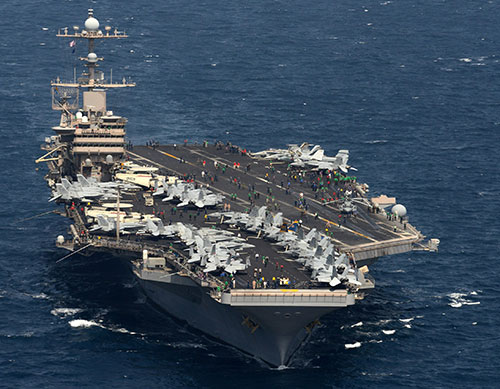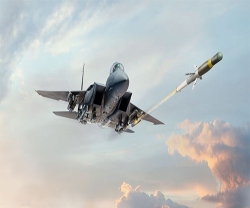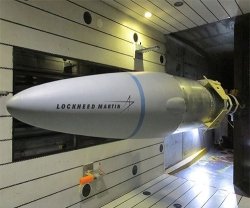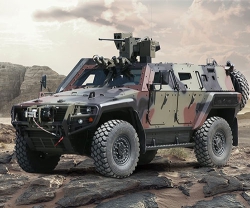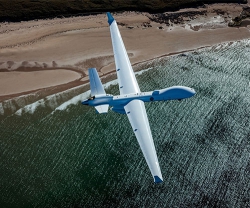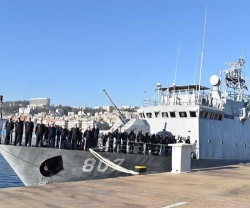In a rare double-up deployment close to Iran, the U.S. Navy currently has two carrier strike groups in the Mediterranean Sea, Washington Examiner reported.
Just a few days sail from the Arabian Sea, the Stennis and Lincoln carrier strike groups conducted joint exercises last week.
The U.S. Navy’s current posture gives President Trump significantly added means of deterrence and action against Iran. It’s a relevant concern in that U.S.-Iran tensions are escalating quickly.
Secretary of State Mike Pompeo on Monday ended U.S. sanctions waivers on nations which import Iranian oil. Threatening the already fragile Iranian economy, that action makes the Iranian hardliners likely to escalate against America. Indeed, they’re saying as much.
Responding to Pompeo, the Head of the Revolutionary Guard Corps Navy threatened to close the Strait of Hormuz, which controls the Persian Gulf’s vital energy supply highway to the world. Also evincing Iran’s increasing fury, a new hardliner commanding officer of the Islamic Revolutionary Guard Corps was appointed over the weekend.
Were Iran to attempt to close the Strait of Hormuz, the U.S. would rely on at least two carrier strike groups to lead efforts reopen the Strait. Those carriers would act in tandem, deploying their air wings to strike Iranian naval, air, and missile forces while supporting the carriers escort ships in defending the fleet. And unlike in a prospective conflict with China, U.S. aircraft carriers could dominate Iranian naval and air warfare forces.
Perhaps the U.S. deployment is coincidental, but the U.S. Navy is overstretched, especially in relation to its aircraft carriers and submarines. Its Mediterranean deployment appears calculated with an anticipated conflict in mind.
Meanwhile, the U.S. Ambassador to Russia John Huntsman visited the carrier USS Abraham Lincoln on Tuesday, according to a 6th Fleet news release.
“Each of the carriers operating in the Mediterranean at this time represents 100,000 tons of international diplomacy,” Huntsman said in the news release.
“Diplomatic communication and dialogue coupled with the strong defense these ships provide demonstrate to Russia that if it truly seeks better relations with the United States, it must cease its destabilizing activities around the world,” he noted.
The Lincoln and carrier USS John C. Stennis began dual operations in the Mediterranean Sea on Tuesday, the news release said. Currently, more than 10 ships, 130 aircraft, and 9,000 Marines and sailors are deployed to the region.
“Two carrier strike groups operating simultaneously, while also integrating and advancing interoperability with our highly capable NATO allies and partners, provides an unprecedented deterrent against unilateral aggression, as well as combined lethality,” said Adm. James G. Foggo III, Commander, U.S. Naval Forces Europe-Africa.

